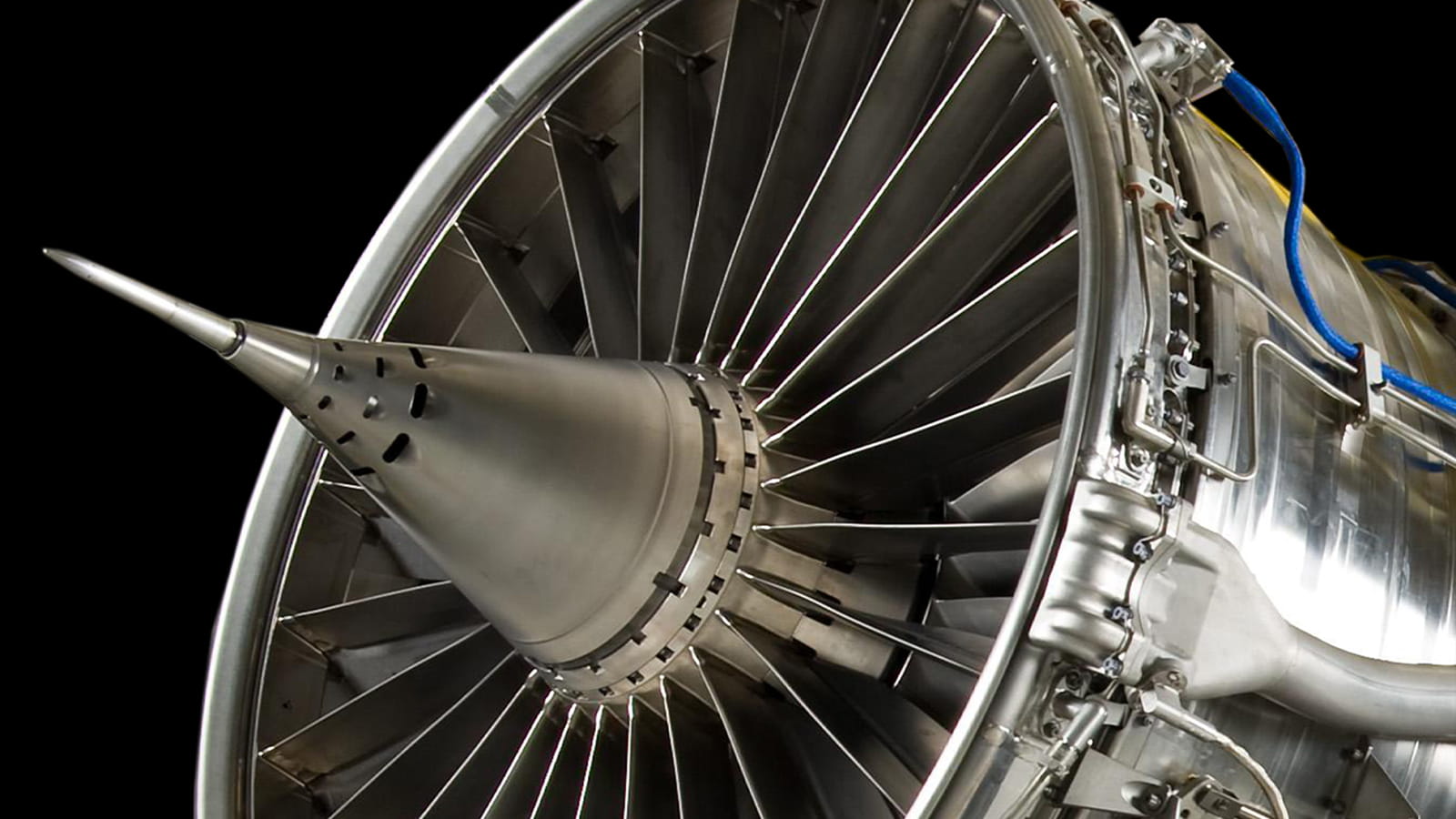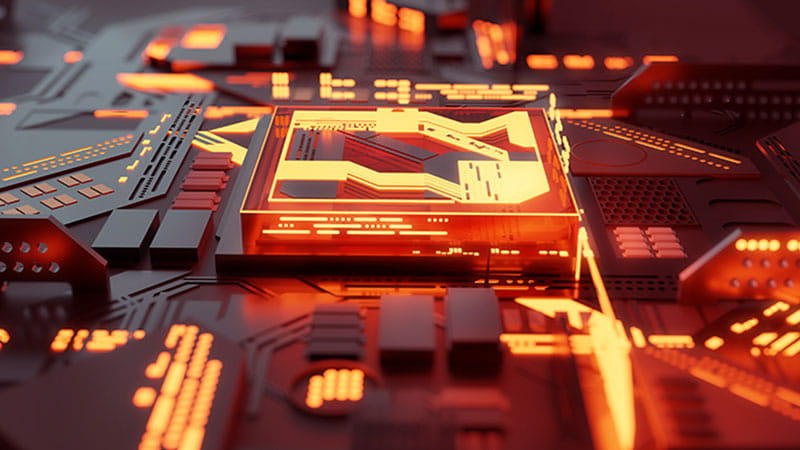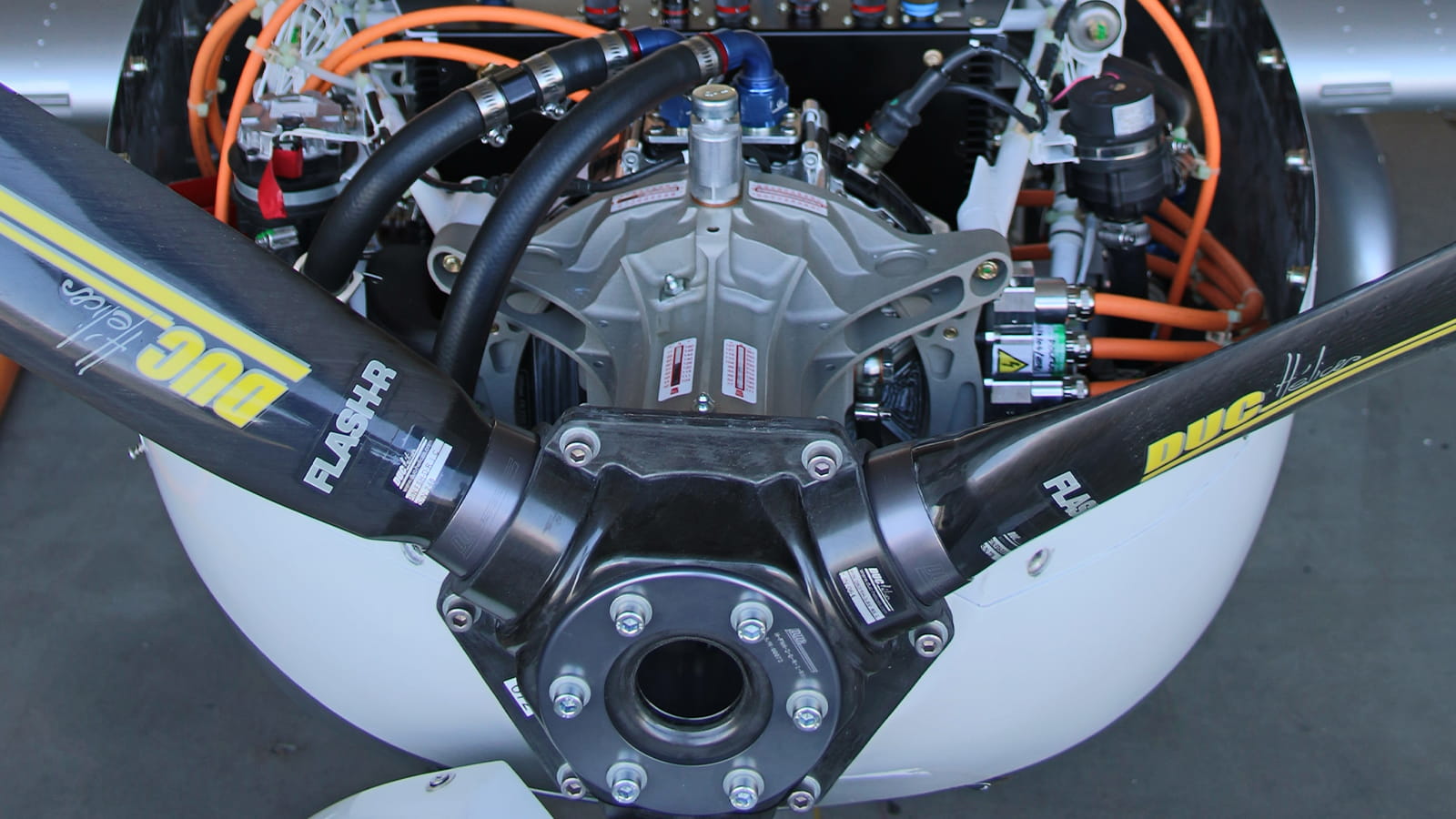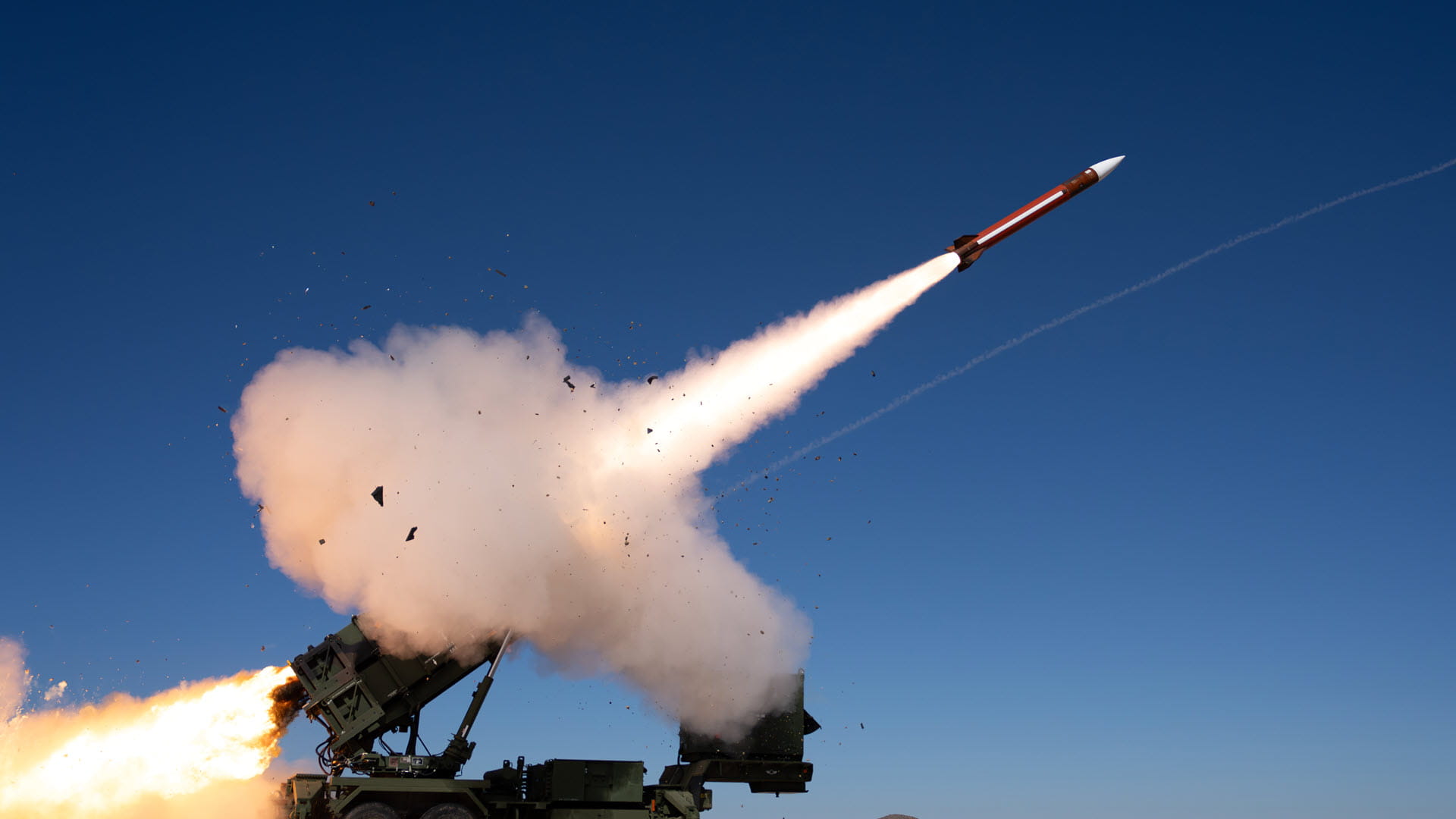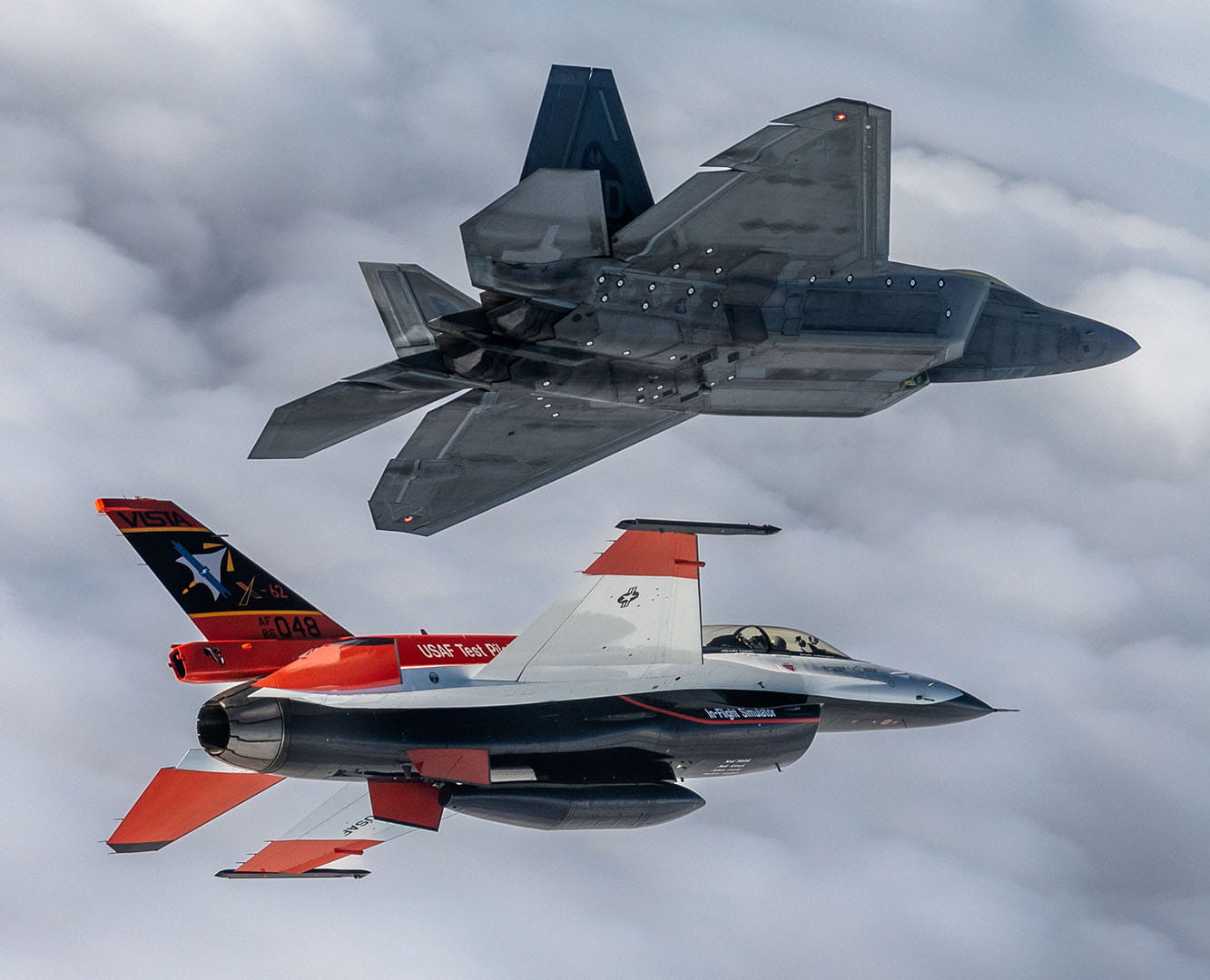Investing in the innovators: a look at RTX Ventures
Raytheon Technologies’ venture capital team backs startups in hypersonics, sustainability and artificial intelligence
Inside a laboratory in South Bend, Indiana, a team from the startup Hermeus held their biggest test yet.
They scheduled it for 2 a.m. – partly to keep from using so much electricity during the day, and partly so no one would be bothered by the noise. They heard the rumble of an engine they call Chimera and watched it shoot out exhaust flames that flickered from a transparent blue to a blast of orange.
The 30-second test showed the engine was capable of what’s known as “mode transition,” meaning it can switch from turbojet to ramjet propulsion right around Mach 3. That’s an important step toward its main goal of propelling a passenger aircraft to Mach 5.
Skyler Shuford, Hermeus’ co-founder and chief operating officer, was among several employees watching a livestream on a projector from their factory floor in Atlanta. He remembers the team being tired but excited as they smiled and pointed at the screen.
“Mode transition was the next instantiation of something that’s going to be able to be flown, but it was also working through the delicate dance of going from a regular jet engine operation to a ramjet operation,” he said. “For us, that was a technical de-risk but also a really exciting culmination of months of work.”
Hermeus’ progress is promising for Raytheon Technologies, too.
In 2022, the company’s venture capital operation, RTX Ventures, chose Hermeus as one of its first eight investments, adding it to a portfolio of startups working in areas including hypersonics, artificial intelligence, machine learning, advanced manufacturing and sustainable aviation.
The goal of each investment is twofold: to help those companies innovate, and to strengthen Raytheon Technologies’ pipeline of approaches to solving the future needs of customers across aerospace and defense.
“The more we help these portfolio companies, the more we benefit as an organization – and the more our customers benefit,” said Dan Ateya, RTX Ventures’ president and managing director. “Innovation is happening with or without us, so if we embrace it and participate, it’s going to open a lot of doors for us.”
Here’s a look at RTX Ventures’ portfolio and the advancements those companies are making.
Hermeus
Mission: To radically accelerate air travel
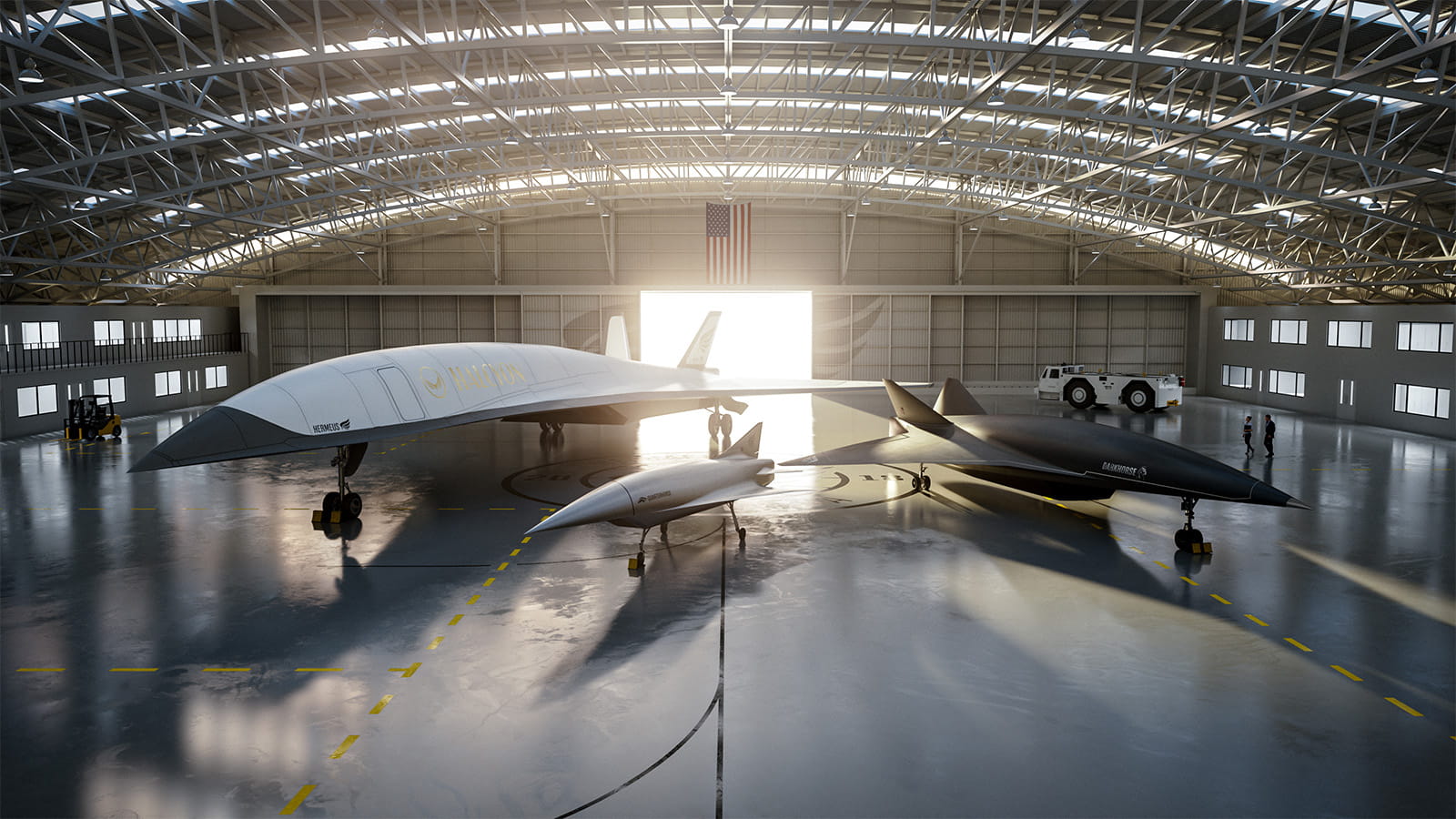
The RTX Ventures connection:
Hermeus has met with several teams across Raytheon Technologies to benefit its manufacturing process. And in 2022, the startup announced it would use the turbofan from the Pratt & Whitney F100 as the turbine portion of Chimera II, a hypersonic engine that will power an uncrewed military and intelligence aircraft called Darkhorse.
“Especially for high-speed flight and national security focused missions,” Shuford said, “I think there’s a deep alignment on wanting to do things differently and providing more value to our customers.”
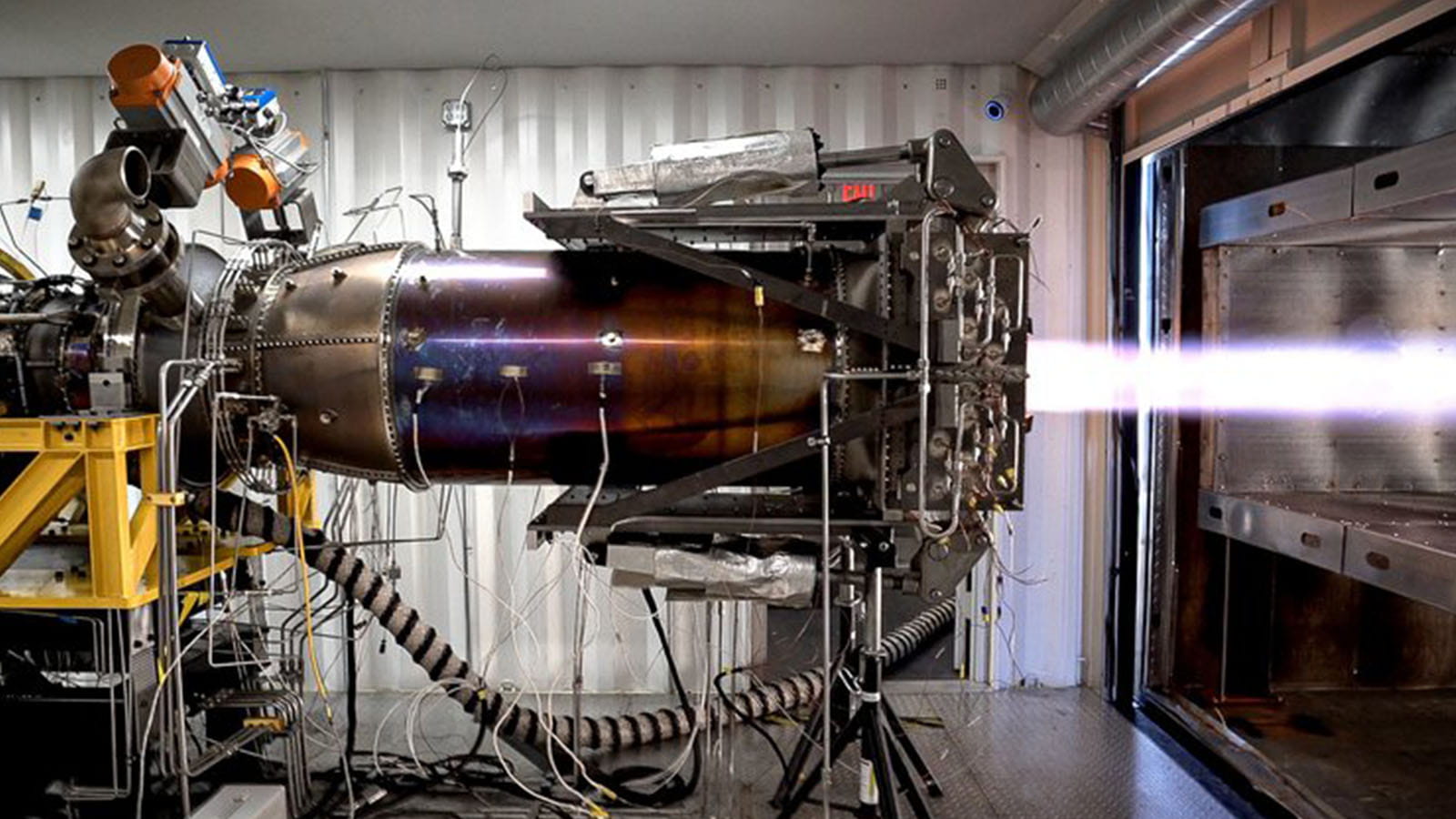
Recent accomplishments:
After successfully testing Chimera at the Notre Dame Turbomachinery Lab, the team is manufacturing its first aircraft, Quarterhorse, for flight testing in 2023. Quarterhorse will be remotely piloted, and its goal is to break the SR-71’s nearly 50-year-old airspeed record. Hermeus expects to have hypersonic aircraft for military and commercial use by 2025 and 2029, respectively.
“It’s really exciting to see the company grow and be able to accomplish all of this – and sometimes do it even faster and better than we expected.”
Skyler Shuford | Co-founder | Hermeus
EpiSci
Mission: To create scalable, trusted autonomous technologies

The RTX Ventures connection:
Chris Gentile, EpiSci vice president and former Air Force fighter pilot, said there’s great potential for their AI and autonomous technology to benefit many Raytheon Technologies products. Contacting RTX Ventures was a natural fit to take advantage of opportunities for mutual growth.
“We’re really excited about growing organic capabilities and forging closer collaborations with Raytheon Technologies to jointly solve some critical problems,” Gentile said.
Recent accomplishments:
EpiSci has grown its autonomy program exponentially in the last three years. The investment from RTX Ventures allowed them to grow the team and expand that program to applications across all military domains.
During a flight test in December, they showed artificial intelligence-powered algorithms can control an F-16 fighter jet. EpiSci helped develop the technology that allows the autonomous agent to gather data and make decisions from sensors and cameras.
“We’re going to continue making things real. Two and a half years ago was the first ever competition of AI dogfighting purely in a video game, and in less than 30 months, we turned that into flying a real F-16. We’re excited to keep cranking.”
Chris Gentile | Vice President | EpiSci
VerdeGo Aero
Mission: To develop hybrid electric powerplants to power the next generation of aircraft with sustainable fuels
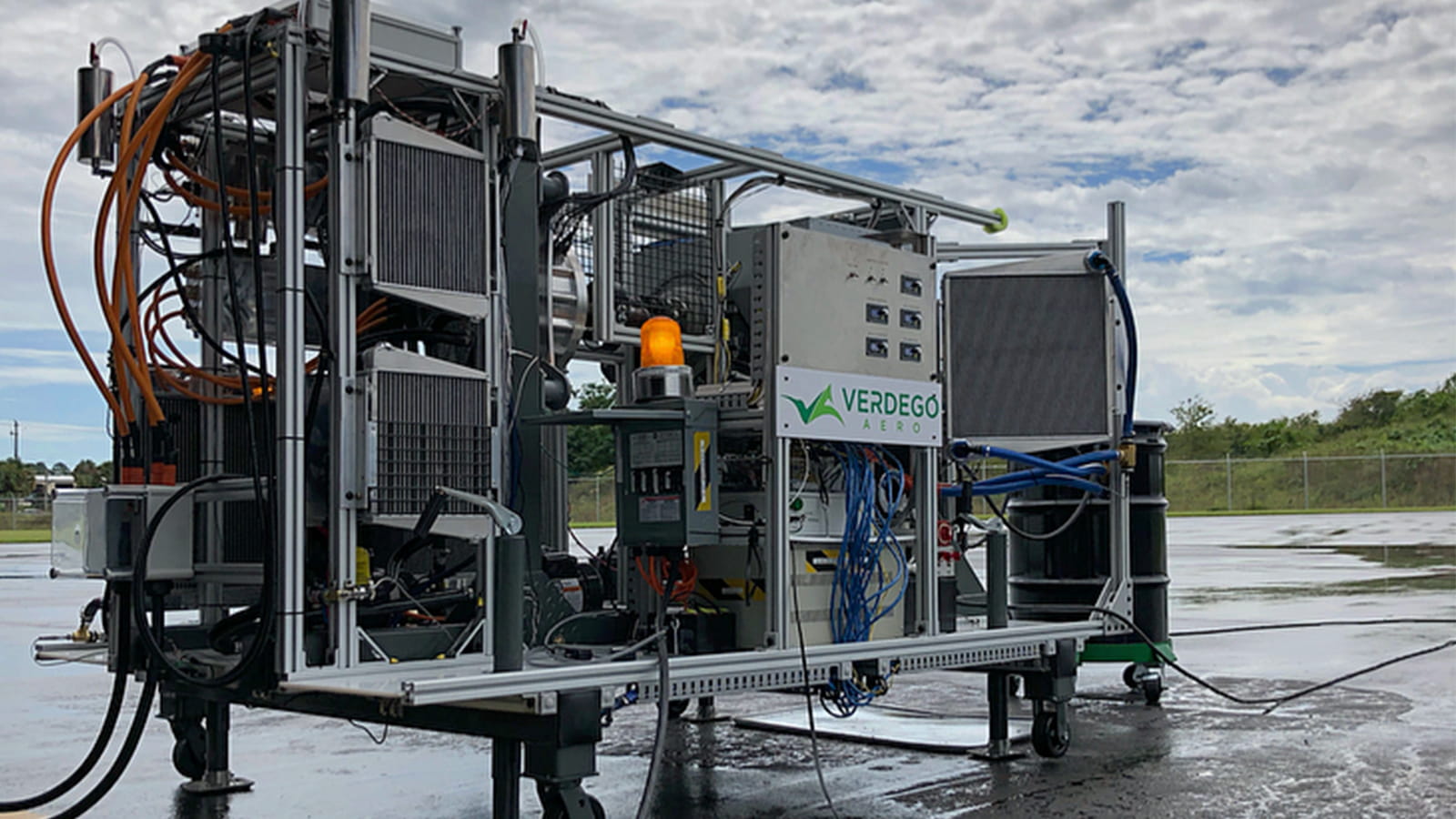
The RTX Ventures connection:
VerdeGo Aero Chief Executive Officer Eric Bartsch and two other co-founders launched the company in 2017 on the premise that powering the next generation of aircraft requires balancing the best of current propulsion technologies with the most promising advancements in electrification.
Between his startup’s agility and Raytheon Technologies’ decades of experience in propulsion, he said, the two companies can find ways to work together to achieve goals for their customers.
“We’ve been very happy with the reception we’ve gotten as we’ve met with multiple groups inside Pratt & Whitney to talk about opportunities for collaboration and leveraging the things that we can do as startup business, and the things that they can do as a very well established, experienced business,” he said. “How do we bring the two of those things together to achieve some great goals?”
Recent accomplishments:
2022 was the company’s best year yet, Bartsch said. They shipped their first hybrid powerplant – making them one of few companies to ship early-development hardware to aircraft manufacturers – and collaborated with military agencies, which Bartsch believes will allow them to test even more technology.
“We’re in the early stages of the next big revolution in aerospace propulsion ... It’s really exciting to be part of that next big disruption in how aircraft are designed and what they can do.”
Eric Bartsch | Founder and CEO | VerdeGo Aero
H55
Mission: To help the aviation industry reach net-zero carbon emissions through electric propulsion

The RTX Ventures connection:
H55 was introduced to RTX Ventures when Pratt & Whitney selected the company to provide the battery pack for its regional hybrid electric flight demonstrator. The demonstrator, which aims to improve fuel efficiency and reduce emissions, is under development in partnership with Collins Aerospace, a Raytheon Technologies business, and de Havilland Aircraft.
RTX Ventures’ investment in H55 will help the company grow in new markets and accelerate its ability to innovate, in part through its access to expertise from Raytheon Technologies engineers, H55 executive chairman and co-founder André Borschberg said.
“With 100 engineers, we are at the right size to respond quickly to increasing demand,” said Borschberg, a pilot whose records include completing the first solar-powered flight around the world. “With the backing of Raytheon Technologies, we can benefit from the network and experience of a large, well-established organization.”
Recent accomplishments:
In addition to the program with Pratt & Whitney, H55 systems have been proven in real flight conditions and are being integrated in multiple aircraft configurations.
The company has already received its Design Organization and Production certification – a key approval from the European Union Aviation Safety Agency – and expects to receive certification for its entire electric propulsion system in 2024. Certification would mark an important step in H55’s work to equip new aircraft and retrofit existing aircraft with hybrid or all-electric systems – an approach Borschberg said will be vital in an era of more sustainable aviation.
“Discarding the current fleet of 600,000 general-aviation aircraft and replacing them with new airplanes would be a considerable economic and industrial challenge. We need a dual strategy of transforming existing airplanes as well as building new aircraft,” Borschberg said. “At H55, we are working on both fronts to accelerate the transition to clean aviation mobility.”
“I like when people say it’s impossible. There’s enjoyment in saying, ‘Let’s try to find a solution and make it work. Let’s push the boundaries of the technology with our know-how and explore new worlds to make it possible.’”
André Borschberg | Co-founder | H55


